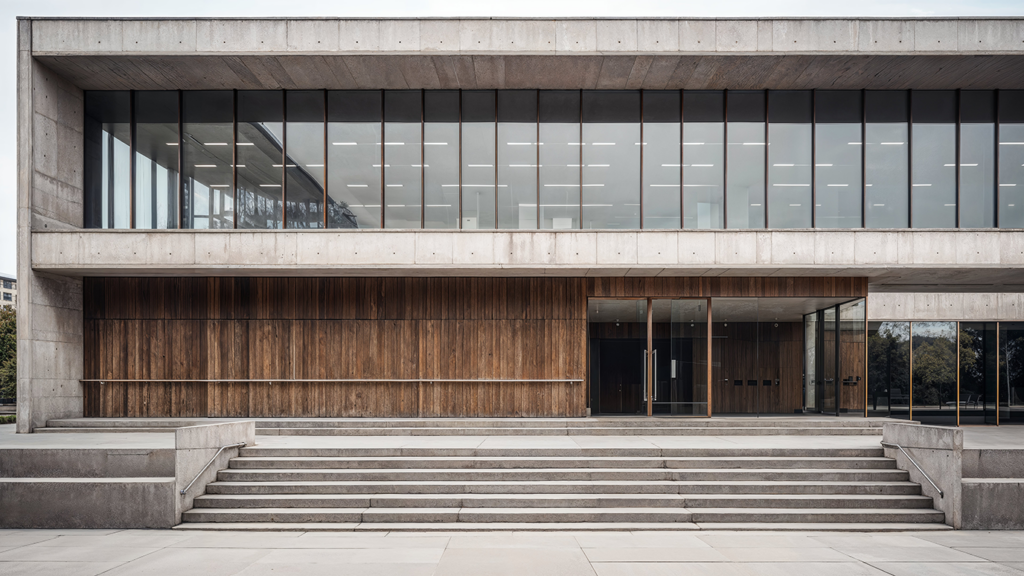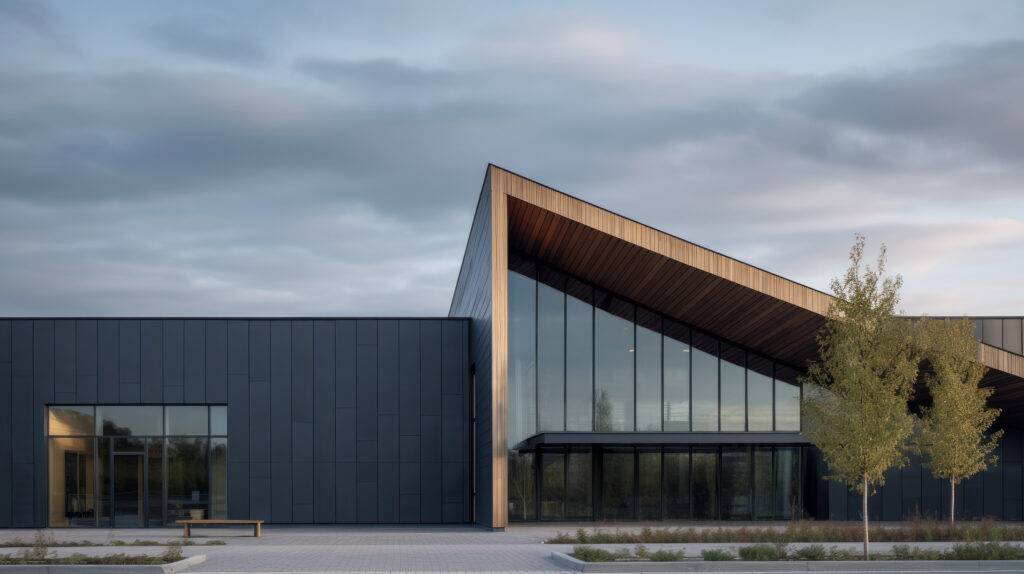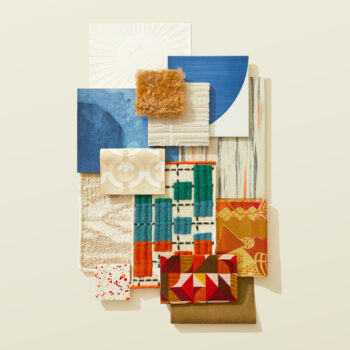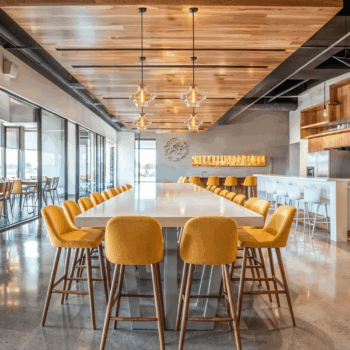Exploring sustainable exterior elegance
Sustainable facades in commercial architecture represent a significant shift towards environmentally conscious design practices. These eco-friendly facades go beyond aesthetics, embodying a building’s commitment to added benefits like energy efficiency, resource conservation, and occupant well-being. Architects and designers are increasingly prioritizing sustainable materials and technologies to create exteriors that are not only visually appealing but also environmentally responsible.
One of the key aspects of sustainable facades is the selection of building materials. Architects are turning to innovative materials such as recycled glass, responsibly sourced timber, and low-emissivity coatings to minimize environmental impact. These materials not only reduce the carbon footprint of buildings but also contribute to a healthier indoor environment for all. For example, low-emissivity coatings can help regulate indoor temperatures, reducing the need for heating and cooling systems and lowering energy consumption.
In addition to sustainable materials, advanced exterior designs incorporate passive strategies to further enhance energy efficiency. Natural ventilation, daylight harvesting, and the use of greenery help reduce reliance on mechanical systems, lowering energy consumption and operating costs. These passive strategies not only improve energy efficiency but also contribute to a more comfortable indoor environment.
Environmentally conscious facades are instrumental in creating a more productive indoor environment. By allowing natural light to penetrate deeper into the building and providing better air quality through improved ventilation, these exteriors contribute to the well-being and productivity of occupants. Studies have shown that access to natural light and views of nature can have a positive impact on mood, health, and productivity.
Overall, sustainable facades in architecture are a testament to the industry’s commitment to environmentally conscious design that combines beauty and functional benefits. By integrating eco-friendly materials and technologies into their projects, architects are benefiting by not only reducing the environmental impact of buildings but also setting a new standard for design that harmonizes with both nature and urban landscapes.


For more on facades check out Functionality of Textured Building Skins: Exploring the Beauty







